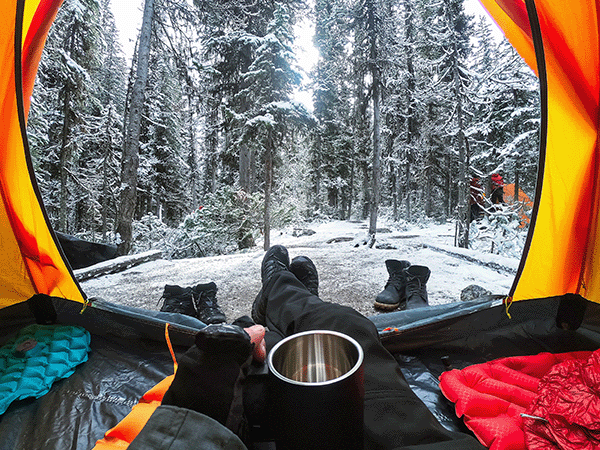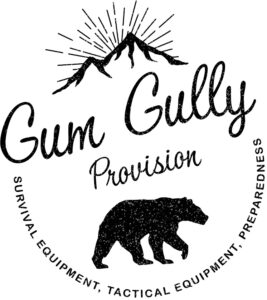
Blog
Cold Weather Camping Primer: Tips for Staying Warm and Prepared
Camping during colder months can be an awe-inspiring experience. Imagine waking up to frost-kissed landscapes, tranquil mornings, and crisp air that’s a refreshing change from daily life. But with plunging temperatures, cold weather camping can also be a challenge for those unprepared.
